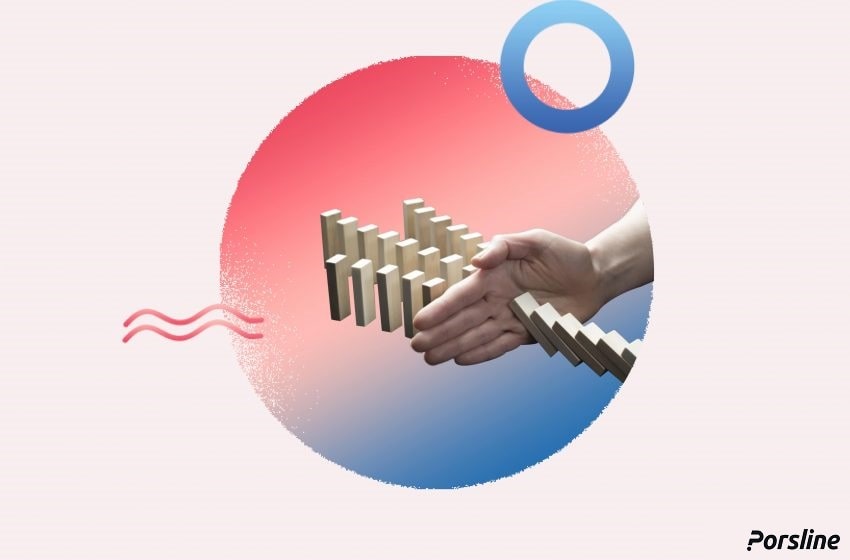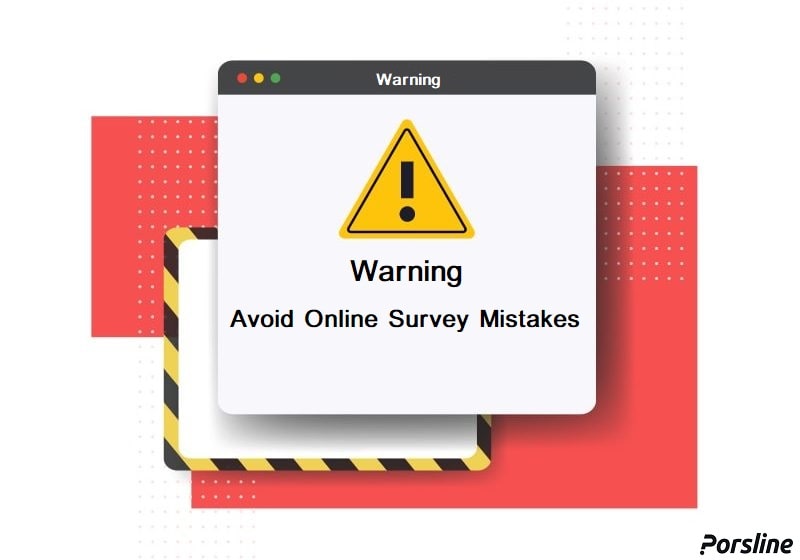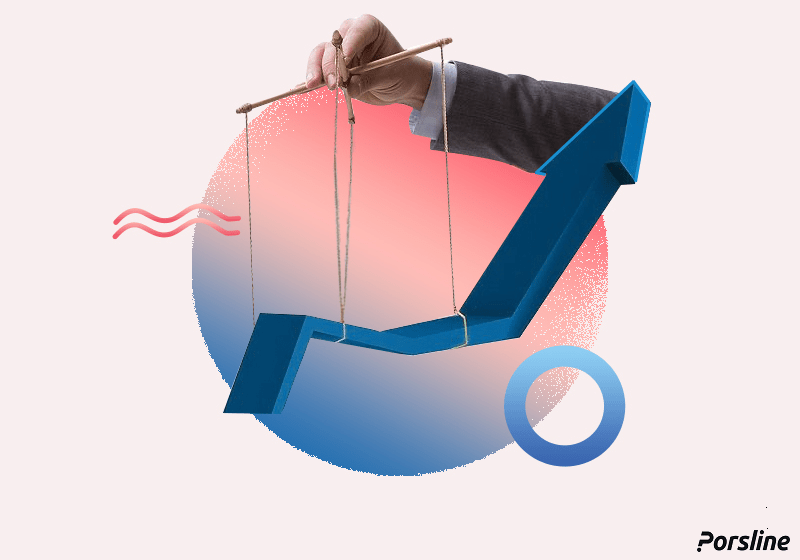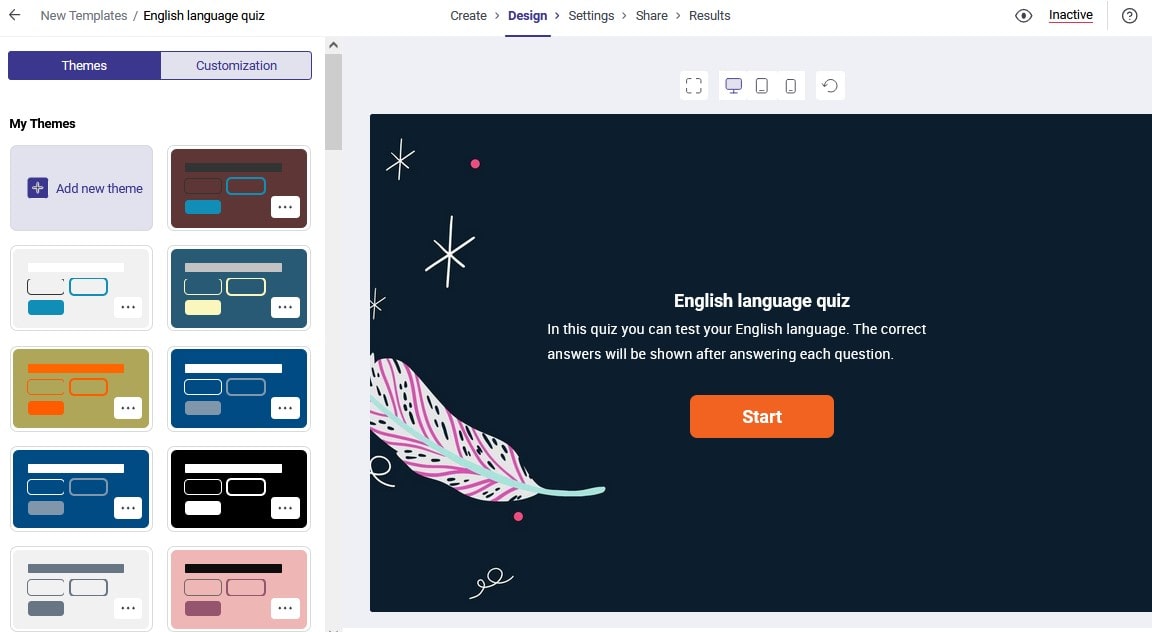All about change management model – ADKAR model

Almost more than 50% of management changes may not be successful and do not make the organization achieve its predetermined goals. Certainly, there is no organization that does not want to achieve management goals and changes, so what are the reasons for not achieving these important goals?
There are various methods to manage change in an organization. The ADKAR model or the change management model is one of these methods.
Undoubtedly, improving performance is a constant concern of organization managers. They use various methods to achieve this goal, including strategic planning, setting goals and objectives, re-engineering the organizational processes, implementing a software solution such as enterprise resource planning (ERP), restructuring the organization and many other examples. However, none of these methods will ensure the achievement of the goal. So, how can the change management model in the organization be directed from the beginning to the end?
The fact is that the studies of hundreds of different organizations have shown that the root of this problem is not related to factors such as inefficient project management, poor communication of information, and not having a vision of change. Rather, the key to its success and sustainability lies in how people and employees of the organization accept change. In this post, we will tell you how and why we manage change using the five dimensions of the ADKAR model.
What is the change management model or the ADKAR model?
It is very likely that changes will occur in the short term to some extent based on administrative instructions, but the real sustainability of success lies in the acceptance of this change by the organization’s human resources. For this reason, the issue of employees’ resistance to change forms a great challenge to any kind of organizational improvement project, not to mention the vital role of the manager in the change process.
To start the change program in an organization, we need to know how to obtain an accurate and correct assessment of the readiness of human resources to accept the new change. We also need to know how change management improves business results.
Successful managers always know how to develop an organizational culture to receive employee feedback, because they play an essential role in developing organizational culture.
There are many change management theories for dynamic managers. ADKAR model is the most common of these models among the leading organizations in the world. The ADKAR change management model, which focuses on the human resources dimension, says that people accept the levels of change in the organization when they have the necessary awareness, desire, knowledge, and ability to change and when they see a need to reinforce and maintain the new behavior.
This model helps senior managers, middle managers, and supervisors better manage the responsibility of guiding their employees through change.
If you know in which area of this model each member of your team needs reinforcement, you can do this successfully. Group or individual discussions can greatly help in this regard, and you can also use the results of the assessment and identify people with lower scores. Using scores in the ADKAR model assessment is very important for identifying the weakest points, because it enables you to consult with your team members to overcome obstacles and benefit from the change process.
The five dimensions of the ADKAR model
- A (For Awareness), Awareness of the need for change: Realizing why employees need such change is the first step to success. Clarifying and explaining the need for change is essential to accept it.
- D (For Desire), The desire to participate in the change and support it: Employees’ understanding of the effects of change on their work and life is the second step after making them aware of the need for change. Immediately after the initial awareness, each person will ask themself what favorable conditions will arise for them in this change. In this management model, the organization must provide an answer to this question.
- (K For Knowledge), Knowledge about how to change: The third factor in the employee readiness evaluation model for change is knowledge. They must know what is exactly expected of them in the change period, what they should do, and how they should work when the change implementation process ends.
- (A For Ability), The ability during and after the change: It is not enough to know and understand how to do the work during and after the change. Rather, employees must be sure that they will be provided with the necessary training to acquire the appropriate skills and abilities for the change.
- R (For Reinforcement), Reinforcement to maintain the change: Employees must be reassured that the changes related to the organization’s processes, resources, procedures, and technologies are sufficient to maintain the new conditions after the implementation of the change. Responsibility and accountability, financial resources, continuous feedback cycle, reward, and appreciation are among the fundamental factors of this component.
How to evaluate the organization’s readiness for change using the ADKAR model?
The five dimensions of the ADKAR model can be evaluated through the ADKAR survey or the employee readiness survey for change. The questions of this survey are designed as Likert scale questions with a 5-point scale. By using the average scores, an initial understanding of the extent of the readiness of each dimension can be obtained.
In each of the five areas of this model, we examine the conditions of the individuals. Prepare, plan, implement, and maintain the conditions in which each individual in the group may be placed.
A ready-made template survey for evaluating readiness for change based on the ADKAR model
The following sample questions can be used in this survey:
A: How would you rate the awareness of the need for change on a scale from 1 to 5?
D: How would you rate your willingness to participate and support change on a scale from 1 to 5?
K: How would you rate your knowledge about how to make the change on a scale from 1 to 5?
A: How do you rate the ability to change on a scale from 1 to 5?
R: How do you rate the necessity of sustaining the change on a scale from 1 to 5?
Answers with scores of 3 and less need examining and reinforcement. Obviously, the priority is to reinforce cases with lower scores.
Individuals can complete the survey anonymously to ensure that the answers can be completed truthfully. By maintaining the confidentiality and encouraging people to complete the survey, you identify the weakest points and take action to fix them.
You can use the Readiness for Change Assessment template survey to evaluate the readiness of employees according to our sample ADKAR model template.
In this example, we quote from the article “Engage Your Team in Using the ADKAR Model“, how a working group manager explained that he reviewed this ADKAR model with his team members in 7 steps:
- Explanation of the ADKAR model, the meaning of each component, and the concept of the obstacle point
- Self-evaluation of each part by group members
- Creating a table to score a mark for each step in the model
- Scoring members without being seen by the rest of the group
- Viewing the table (while maintaining confidentiality)
- Discussion and consultation about scores and obstacle points and asking questions to overcome obstacles such as:
What might play a role in impaired awareness?
What information have you received to understand the reason for the change?
What additional information would help you acquire a deeper understanding of why this change occurred?
- Repeat step 6
After going through these steps and in different meetings, the group members realized that the manager’s goal was to support them. In regular group meetings, they began to know their results and identify obstacles. Finally, they achieved the ideal result by removing the obstacles and reinforcing the favorable conditions.
Conclusion
To initiate change in a group, you can never act individually. If there is a need for change and a desire to work in the group with awareness and knowledge, we can move towards change. Finally, reinforcement of the conditions helps the group to maintain these changes.
In the Change Management Model (or ADKAR Model) how to implement these steps is described in detail.
Benefit from the unique features offered by Porsline to HR managers by evaluating performance and surveying employees with the help of Porsline.
The principles of designing effective surveys for employees are among the important points that have been considered in Porsline. Since the evaluation of this model is repeated periodically, using this platform will help you to repeat this evaluation many times. After registering on Porsline, you can easily access this survey.




